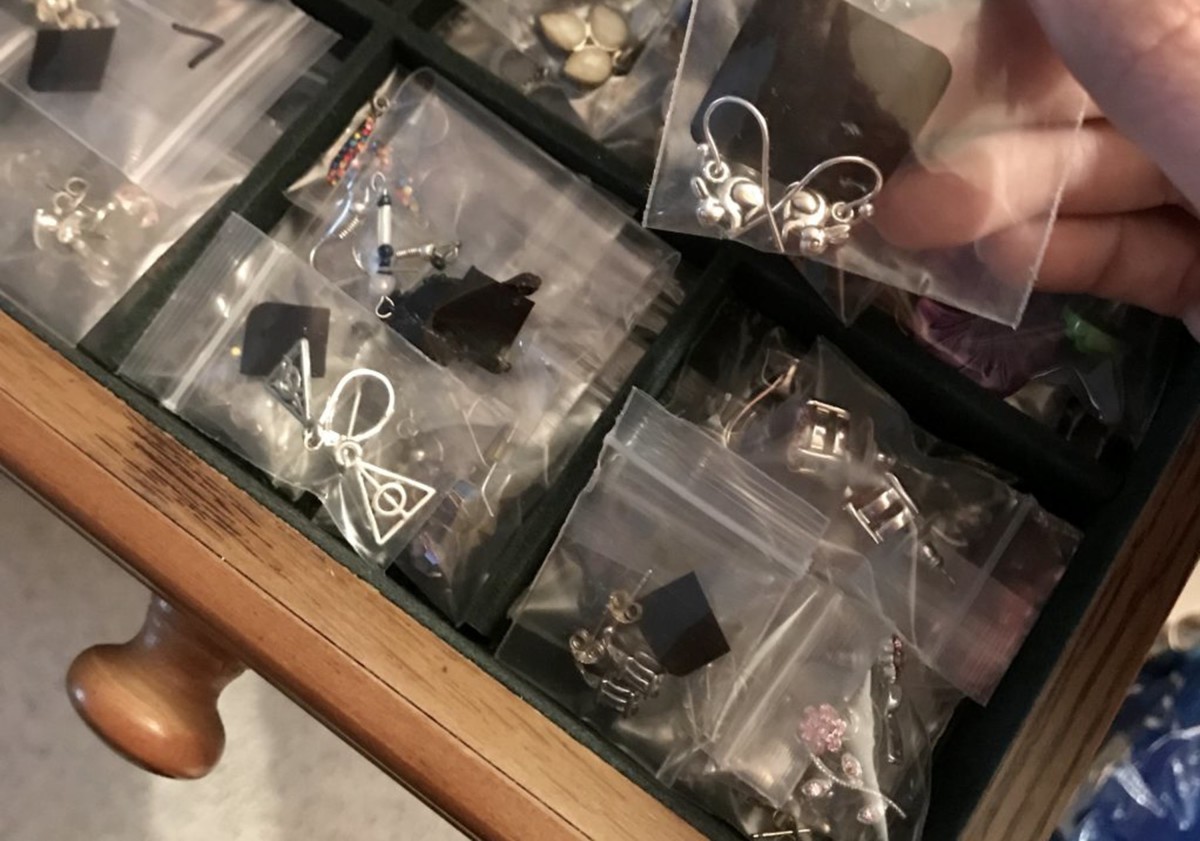

Articles
How To Store Sterling Silver Jewelry
Modified: January 6, 2024
Learn effective techniques for storing sterling silver jewelry and preventing tarnish with our helpful articles. Discover the best practices to keep your pieces looking pristine for years to come.
(Many of the links in this article redirect to a specific reviewed product. Your purchase of these products through affiliate links helps to generate commission for Storables.com, at no extra cost. Learn more)
Introduction
Welcome to the world of sterling silver jewelry! It’s a beautiful and timeless accessory that has been treasured for centuries. Whether you have inherited a cherished piece from a loved one or have treated yourself to a sparkling new purchase, proper storage is essential to ensure your sterling silver jewelry remains in pristine condition.
Silver is a delicate metal that can easily tarnish and develop scratches if not stored correctly. You want to protect your investment and keep your jewelry looking its best for years to come. In this article, we will explore the importance of proper storage and share tips on how to store sterling silver jewelry.
When your jewelry is not being worn, it is susceptible to damage from exposure to air, moisture, and chemicals. Oxygen and sulfur in the air can react with the silver, causing it to tarnish. Moisture can lead to discoloration and corrosion, while chemicals found in household cleaners and beauty products can cause irreversible damage.
By storing your sterling silver jewelry in the right way, you can minimize these risks and ensure its longevity. So let’s dive into the world of storage options and learn how to keep your sterling silver jewelry looking as brilliant as the day you bought it!
Key Takeaways:
- Proper storage is crucial for maintaining the beauty and longevity of sterling silver jewelry. Choose the right storage option, clean and prepare your jewelry, and store each type of jewelry appropriately to ensure its preservation.
- Avoid common storage mistakes such as exposure to air and moisture, storing multiple pieces together, and neglecting to clean your jewelry before storage. By implementing proper storage techniques, you can significantly extend the lifespan and beauty of your sterling silver jewelry collection.
Read more: How To Store Sterling Silver
Why Proper Storage Matters
Proper storage is vital for maintaining the beauty and longevity of your sterling silver jewelry. Here are a few reasons why it matters:
- Prevent Tarnishing: Sterling silver jewelry is prone to tarnish due to its composition. Exposure to air and moisture causes a chemical reaction that results in tarnish, which can make your jewelry appear dull and discolored. By storing your jewelry properly, you can minimize its exposure to these elements and prevent tarnishing.
- Prevent Scratches and Damage: Sterling silver is a relatively soft metal, which means it is prone to scratches and dents. Storing your jewelry in a proper manner can help protect it from unnecessary wear and tear. Avoid tossing your jewelry into a pile or letting it come into contact with other hard objects, as this can lead to scratches and damage.
- Organize and Prevent Loss: Proper storage allows you to keep your jewelry organized and easily accessible. When pieces are scattered and disorganized, it’s easy to misplace or lose them. By having a designated storage system in place, you can protect your jewelry from being misplaced or lost.
- Preserve Value: Sterling silver jewelry, especially antique or designer pieces, can hold significant value. Proper storage helps preserve the integrity and value of your jewelry over time. By taking care of it and storing it correctly, you can protect your investment and potentially pass it down as an heirloom.
Now that you understand why proper storage is important, let’s explore some storage options and tips to keep your sterling silver jewelry in pristine condition.
Choosing the Right Storage Option
When it comes to storing your sterling silver jewelry, there are a few options to consider. The ideal storage option will protect your jewelry from air, moisture, and potential damage. Here are a few choices to consider:
- Jewelry Boxes: A jewelry box is a classic storage option that offers both functionality and aesthetic appeal. Look for a box made from materials that are non-reactive and lined with anti-tarnish fabric. This will help prevent tarnishing and keep your jewelry safe from scratches. Choose a box with compartments or dividers to keep your pieces separated and organized.
- Jewelry Pouches or Bags: Pouches or bags made of soft, non-abrasive fabric are a great option for storing individual pieces of jewelry. They provide protection from scratches and can be easily tucked away in a drawer or hung on a jewelry hook.
- Jewelry Rolls or Travel Cases: If you frequently travel with your sterling silver jewelry, a jewelry roll or travel case can be a convenient option. These cases often have different compartments to keep your pieces secure and organized while on the go.
- Anti-Tarnish Products: There are various anti-tarnish products available that can help protect your sterling silver jewelry from tarnishing. These products often come in the form of strips, papers, or fabric that absorb moisture and neutralize tarnish-causing agents. Consider adding these products to your jewelry storage area or individual pouches for added protection.
- Wall-Mounted Jewelry Organizers: For those who prefer a visible display for their jewelry, wall-mounted jewelry organizers can be a stylish and practical option. Look for organizers with hooks, pegs, or compartments to keep your sterling silver jewelry separate and tangle-free.
Consider your specific needs and preferences when choosing the right storage option for your sterling silver jewelry. Ultimately, the goal is to protect your jewelry from tarnish, scratches, and other forms of damage while keeping it organized and easily accessible.
Now that we have discussed the storage options, let’s move on to the next step: cleaning and preparing your jewelry before storage.
Cleaning and Preparing Your Jewelry
Before storing your sterling silver jewelry, it is important to clean and prepare it properly. This ensures that any dirt, oils, or residue are removed, reducing the risk of tarnishing and damage during storage. Here are a few steps to follow:
- Gently Clean: Use a mild, non-abrasive jewelry cleaner or warm soapy water to clean your sterling silver jewelry. Avoid using harsh chemicals or abrasive cleaners, as they can damage the metal. Gently scrub the jewelry with a soft brush or cloth to remove any dirt or residue. Rinse thoroughly and pat dry with a clean, soft cloth.
- Dry Completely: Make sure your jewelry is completely dry before storing it. Moisture can accelerate tarnishing, so it’s important to remove any traces of water. Leave your jewelry to air dry for a few minutes or use a soft cloth to gently pat it dry. Ensure that no moisture remains on the surface or in the crevices of the jewelry.
- Apply Anti-Tarnish Products: Consider using anti-tarnish products such as tarnish-resistant strips or pouches to further protect your sterling silver jewelry. Place a strip or pouch in your jewelry box or storage area to help absorb moisture and neutralize tarnish-causing agents.
- Separate Pieces: Keep your sterling silver jewelry separate from other metal jewelry to prevent scratching. If storing multiple pieces together, wrap each piece individually or place them in separate compartments or pouches.
- Remove Excess Oil and Moisture: Before storing, ensure that your hands are clean and free from oils and lotions. Touching your silver jewelry with oily or moist fingers can leave behind residues that accelerate tarnishing. Wipe your jewelry down with a clean cloth to remove any excess oil or moisture.
- Avoid Extreme Temperatures: Store your silver jewelry in a cool, dry place, away from direct sunlight, extreme heat, or humidity. Exposure to these elements can damage the metal and cause discoloration.
By following these cleaning and preparation steps, you can ensure that your sterling silver jewelry is ready for storage and protected from tarnish and damage. Now, let’s move on to the next section: wrapping individual pieces for storage.
Wrapping Individual Pieces
When it comes to storing your sterling silver jewelry, proper wrapping is key to preventing scratches, tangling, and tarnishing. Here are a few methods for wrapping individual pieces:
- Soft Cloth or Tissue Paper: Use a soft cloth or tissue paper to wrap each piece of sterling silver jewelry individually. This creates a protective barrier between the jewelry and other items, preventing scratches. Make sure the cloth or tissue paper is clean and free from chemicals that may react with the silver.
- Ziplock Bags: For added protection against tarnish, place each piece of jewelry in its own ziplock bag. Be sure to choose bags made from polyethylene or Mylar and remove as much air as possible before sealing. This helps create airtight conditions, minimizing exposure to air and moisture.
- Sealed Plastic Wrap or Saran Wrap: Another option is to wrap your jewelry with plastic wrap or Saran wrap to create a tight seal. This method works well for preventing scratches and tangling while keeping your jewelry visible.
- Anti-Tarnish Jewelry Pouches: Consider investing in anti-tarnish jewelry pouches, which are specifically designed to protect against tarnish. These pouches usually have an anti-tarnish lining that inhibits tarnish-causing elements from coming into contact with your jewelry.
Remember to secure the wrapped jewelry properly to avoid any movement or shifting that could cause damage. Once your individual pieces are wrapped, you can move on to storing specific types of jewelry, such as necklaces, bracelets, rings, earrings, and brooches.
Proper wrapping ensures that your sterling silver jewelry remains in excellent condition, ready to be worn whenever you desire. Let’s move on to explore the storage methods for different types of jewelry.
Read more: How To Store Sterling Silver Flatware
Storing Necklaces and Chains
Necklaces and chains require careful storage to prevent tangling and damage. Here are some tips on how to store your necklaces and chains:
- Unclasp and Untangle: Before storing your necklaces, unclasp them and untangle any knots or kinks. This will prevent them from getting tangled further during storage.
- Hang Them: Consider hanging your necklaces and chains to keep them tangle-free and easily accessible. You can use a wall-mounted jewelry organizer with hooks or a dedicated necklace stand. Make sure the hooks or stand are smooth and won’t scratch or damage the chains.
- Individual Pouches or Ziplock Bags: If hanging is not an option, place each necklace or chain in its own individual pouch or ziplock bag to prevent tangling and scratching. You can store them in a drawer or jewelry box, ensuring they are separated from other jewelry pieces to avoid entanglement.
- Necklace Trees or Jewelry Boxes: If you prefer a compact storage solution, consider using a necklace tree or a jewelry box with necklace compartments. These options keep your necklaces organized and prevent them from intertwining with other pieces.
Remember to choose storage options that provide enough space to hang or lay your necklaces flat. Avoid overcrowding or piling them on top of each other, as this can lead to tangling and potential damage. Taking these precautions will keep your necklaces and chains in optimal condition for years to come.
Now, let’s move on to the next section: storing bracelets and bangles.
Store sterling silver jewelry in a cool, dry place away from sunlight and moisture. Use anti-tarnish strips or airtight containers to prevent tarnishing. Avoid storing with rubber bands or in cardboard, as these can cause tarnishing.
Storing Bracelets and Bangles
When it comes to storing bracelets and bangles, it’s essential to keep them organized and protected from scratches. Here are some tips on how to store your bracelets and bangles:
- Stacking Bracelets: If you have multiple bracelets that can be stacked together, consider using a bracelet stand or a segmented tray with compartments to store them. Make sure the compartments are wide enough to accommodate the width of your bracelets without causing them to overlap or rub against each other.
- Individual Pouches or Ziplock Bags: For delicate or individually significant bracelets, store each piece separately in its own pouch or ziplock bag. This will protect them from scratches and tangling and make it easier to access and view each bracelet.
- Bracelet Holders: Invest in a bracelet holder or display stand, which allows you to hang your bracelets individually. This not only keeps them untangled but also makes it convenient to choose and wear a specific bracelet without searching through a pile or storage box.
- Drawer Dividers or Inserts: Utilize drawer dividers or inserts with compartments to keep your bracelets organized and prevent them from clinking together. This ensures that each piece has its own space and minimizes the risk of scratches or damage.
- Roll-Up Jewelry Travel Case: If you frequently travel with your bracelets, consider using a roll-up jewelry travel case with individual compartments for each piece. This type of case keeps your bracelets secure and prevents them from tangling during transportation.
Remember to handle your bracelets with care when putting them on or taking them off. Avoid forceful pulling that can stretch or damage the shape of the bracelet. By implementing these storage methods, you can preserve the beauty and integrity of your bracelets and bangles for years to come.
Now let’s move on to the next section: storing rings.
Storing Rings
Proper storage of rings is crucial to prevent scratching, misplacement, and damage to delicate gemstones or intricate designs. Here are some tips on how to store your rings:
- Ring Holders or Trays: Utilize ring holders or trays with soft cushioned slots. These holders are specifically designed to keep rings secure and prevent them from sliding or scratching against each other. Choose holders that fit the size of your rings snugly to avoid any movement.
- Individual Ring Boxes: For special or delicate rings, consider using individual ring boxes. These boxes typically have a soft lining that protects the ring from scratches and keeps it securely in place. Label each box, so you can easily identify and locate a specific ring when needed.
- Ring Rolls: If you prefer a compact storage option, you can use a ring roll, which is a fabric-based roll with individual slots for each ring. Simply place your rings in the designated slots, roll up the fabric, and secure it with a ribbon or tie. This ensures that your rings are protected and won’t come into contact with other jewelry pieces.
- Jewelry Boxes with Ring Compartments: If you have a jewelry box with ring compartments, make sure each ring has its own space to avoid any rubbing or scratching. If the box doesn’t have individual compartments, consider using soft cloth pouches or small ziplock bags to keep each ring separate and protected.
- Ring Sizers or Guards: If you have rings that are slightly loose, you can use ring sizers or guards to prevent them from sliding around in the storage compartment. These sizers or guards can be inserted onto the ring band to ensure a snug fit and minimize movement.
Remember to store your rings away from potential exposure to chemicals, heat, or sunlight. These factors can damage precious gemstones or cause the metal to become discolored. By following these storage methods, you can preserve the beauty and integrity of your rings for years to come.
Next, let’s move on to the next section: storing earrings.
Storing Earrings
Storing earrings properly is essential to prevent loss, keep pairs together, and protect delicate components. Here are some tips on how to store your earrings:
- Earring Holders or Organizers: Consider using earring holders or organizers with individual compartments or slots. These organizers keep earrings separated and make it easy to locate and access a specific pair. Look for organizers with a padded or soft lining to prevent scratching or damage to the earrings.
- Ice Cube Trays or Pill Boxes: Ice cube trays or small pill boxes with dividers can be effective alternatives for storing earrings. Place each pair in separate compartments to prevent tangling or damage, ensuring that the backs or clasps are securely fastened.
- Velvet or Fabric-lined Jewelry Boxes: If you have a jewelry box with compartments or sections, use one specifically designated for earrings. The soft lining provides a cushioned surface, preventing scratches and keeping pairs together.
- Individual Plastic Pouches: For smaller earrings or delicate ones, place each pair in its own individual plastic pouch. This keeps them protected from scratches, tangles, moisture, and other potential damage. Opt for pouches that are transparent, so you can easily see the contents without opening each one.
- Use earring cards: Another option is to attach your earrings to earring cards or display boards. This method is especially useful for stud earrings or hooks without backing. The cards can be placed in individual compartments or hung on a wall-mounted jewelry display.
Remember to remove earrings before engaging in any physical activities or before sleeping to avoid accidentally losing or damaging them. When storing, ensure that the storage container or area is cool, dry, and away from direct sunlight to maintain the condition of your earrings.
Now that we have covered storing earrings, let’s move on to the next section: storing brooches and pins.
Read more: How To Store Sterling Silver Flatware
Storing Brooches and Pins
Proper storage of brooches and pins is crucial to prevent damage to the delicate pins and preserve the beauty of these ornate accessories. Here are some tips on how to store your brooches and pins:
- Padded Jewelry Boxes: Use a jewelry box with a padded interior to store your brooches and pins. Look for boxes with compartments or sections to keep each piece separate and protected from scratching or tangling with other jewelry.
- Soft Fabric Pouches: Individual soft fabric pouches provide an excellent storage solution for brooches and pins, as they protect them from scratches and keep them separated. Choose pouches made from non-abrasive materials, such as velvet or satin.
- Pin Cushions: For pins that are used frequently or are part of your sewing kit, consider using a pin cushion. Pin cushions not only keep your pins organized but also provide a convenient storage solution. They can be placed on a table or kept in a drawer.
- Shadow Boxes or Display Cases: If you have a collection of brooches or pins that you want to showcase while keeping them protected, consider using shadow boxes or display cases. These allow you to display your pieces while ensuring they are safely stored and shielded from dust and other potential damage.
- Breathable Cloth Wraps: For larger or more delicate brooches, consider wrapping them in a breathable cloth, such as muslin or flannel, to protect them from dust and scratches. Secure the wrap with a ribbon or tie to keep the brooch secure and prevent it from moving during storage.
Remember to handle your brooches and pins with care, especially when attaching or removing them from clothing. Avoid applying excessive force or bending the pins, as this can cause damage or breakage. By following these storage methods, you can keep your brooches and pins in excellent condition and ready to be worn or displayed.
Now that we have covered storing brooches and pins, let’s move on to the next section: avoiding common storage mistakes.
Avoiding Common Mistakes
When it comes to storing sterling silver jewelry, there are some common mistakes that can lead to tarnishing, scratching, or other damage. By being aware of these mistakes and taking preventive measures, you can ensure the longevity and beauty of your jewelry collection. Here are some common mistakes to avoid:
- Exposure to Air and Moisture: Leaving your sterling silver jewelry exposed to air and moisture is a sure way to promote tarnishing. Always store your jewelry in airtight containers or pouches to minimize tarnish-inducing oxidation reactions.
- Not Cleaning Before Storage: Failing to clean your jewelry before storing it can lead to the accumulation of oils, dirt, and other residues. Clean your jewelry gently and thoroughly, ensuring it is completely dry before storing.
- Storing Multiple Pieces Together: Storing different pieces of jewelry together can result in tangling, scratching, or damage. Separate each piece and store them individually to maintain their integrity.
- Using Plastic Bags or Containers: Plastic bags or containers may trap moisture, leading to tarnishing and damage. Opt for non-abrasive, breathable pouches or containers made from materials like velvet, satin, or anti-tarnish fabric.
- Not Using Anti-Tarnish Products: Anti-tarnish products, such as strips, papers, or fabric, are specifically designed to absorb moisture and neutralize tarnish-inducing agents. Utilize these products in your storage containers or pouches for added protection.
- Exposing Jewelry to Heat and Sunlight: Heat and sunlight can damage metal and cause gemstones to fade or discolor. Store your jewelry in a cool, dry place away from direct sunlight, radiators, or extreme temperatures.
- Ignoring Special Care for Delicate Pieces: Some pieces may require extra care due to their delicate nature. Take special care of these pieces by storing them separately, using soft fabric wraps, or considering a dedicated display case.
- Not Inspecting Regularly: Regularly inspect your stored jewelry to detect any signs of tarnish, damage, or loosening of stones or clasps. This will help you identify and address any issues before they become more severe.
By avoiding these common mistakes and implementing proper storage techniques, you can significantly extend the lifespan and beauty of your sterling silver jewelry collection.
Now that we have covered the common mistakes to avoid, let’s conclude our article.
Conclusion
Proper storage is essential for maintaining the beauty and longevity of your sterling silver jewelry. By taking the time to store your jewelry correctly, you can protect it from tarnishing, scratching, and other forms of damage. Consider using jewelry boxes, individual pouches, or anti-tarnish products to provide a safe and secure environment for your pieces. Ensure that each piece is clean, dry, and separated to prevent tangling and scratching. Take special care when storing necklaces, bracelets, rings, earrings, brooches, and pins, as each type requires specific storage considerations.
Avoid common mistakes such as exposure to air and moisture, storing multiple pieces together, and neglecting to clean your jewelry before storage. It’s also important to be mindful of heat, sunlight, and other environmental factors that can potentially harm your jewelry. Regularly inspect your stored jewelry to address any issues before they worsen.
Remember, your sterling silver jewelry holds both sentimental and monetary value, and proper storage will help preserve its beauty and integrity for years to come. By following these guidelines, you can ensure that your jewelry remains in excellent condition and ready to be admired and enjoyed.
So, take the time to choose the right storage option, clean and prepare your jewelry, wrap individual pieces, and store each type of jewelry appropriately. By doing so, you can enhance the longevity of your sterling silver jewelry collection and continue to cherish its elegance and significance.
Frequently Asked Questions about How To Store Sterling Silver Jewelry
Was this page helpful?
At Storables.com, we guarantee accurate and reliable information. Our content, validated by Expert Board Contributors, is crafted following stringent Editorial Policies. We're committed to providing you with well-researched, expert-backed insights for all your informational needs.
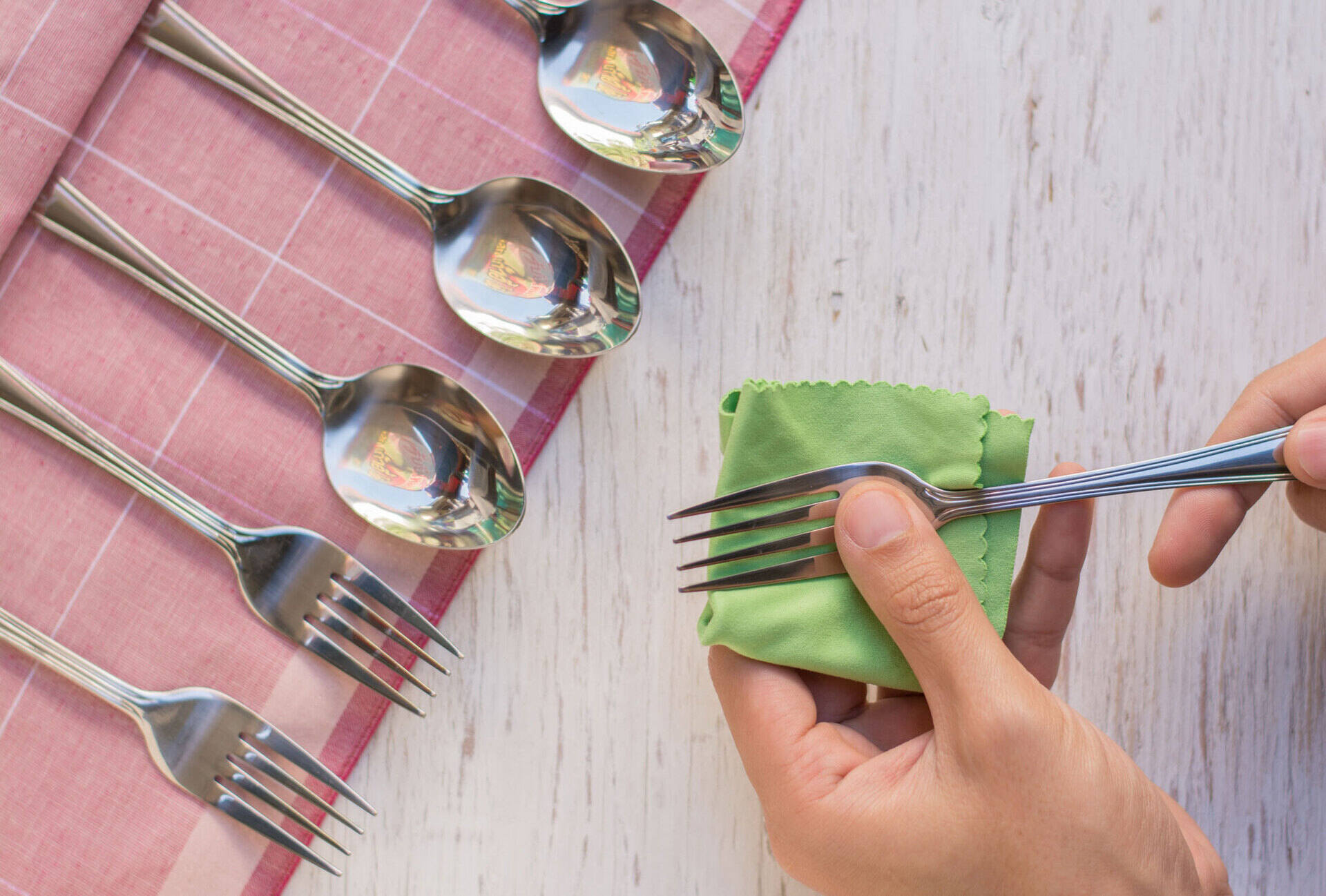
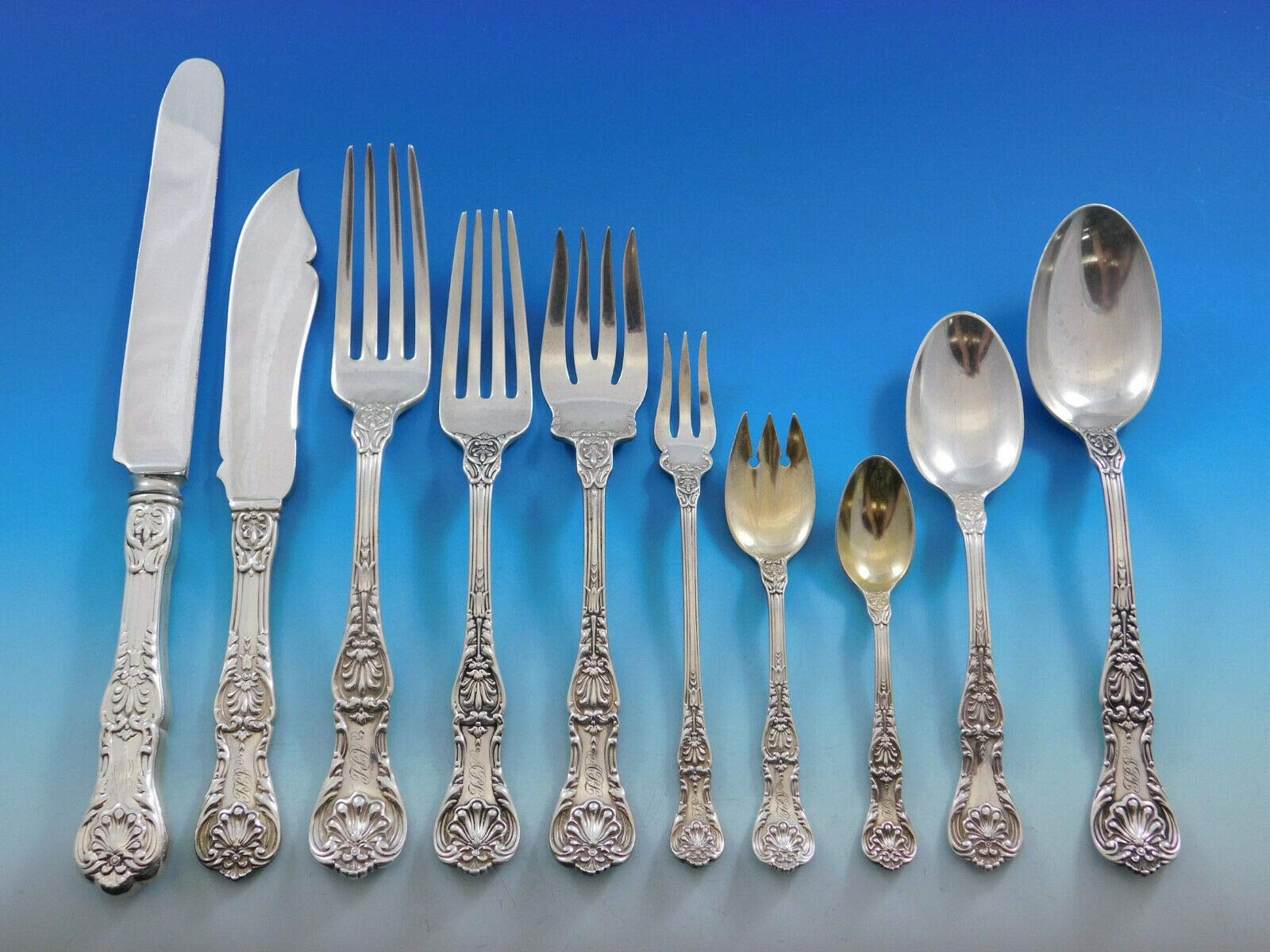
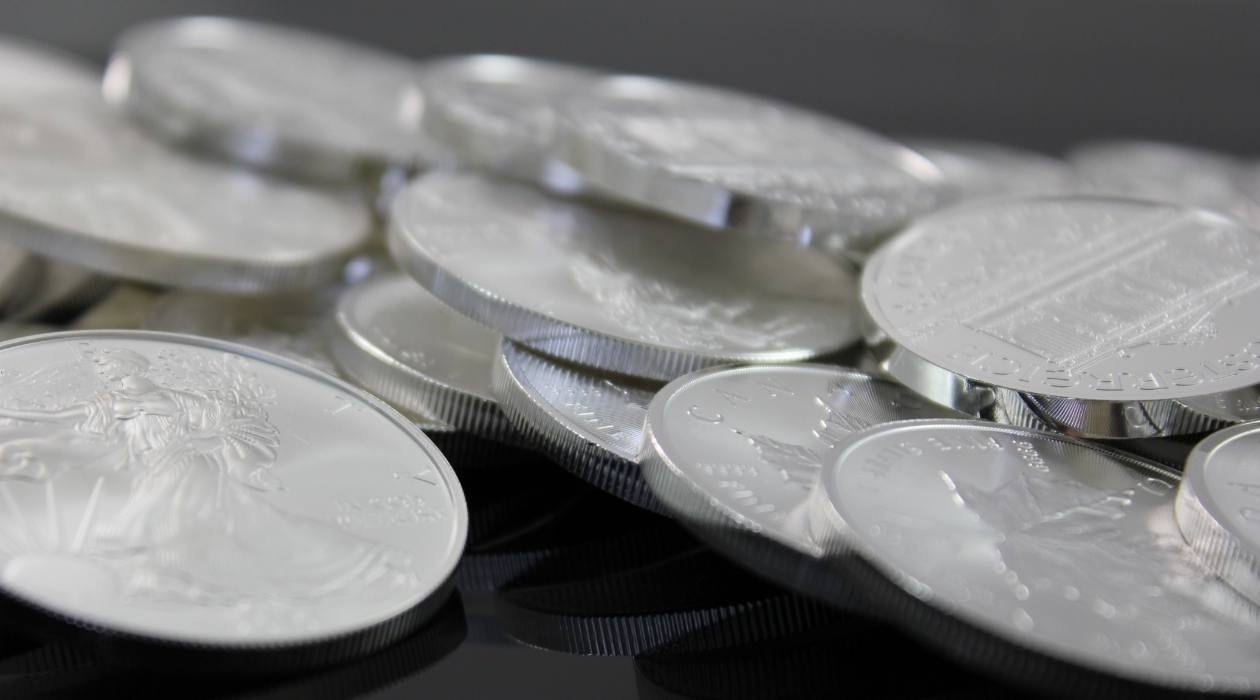
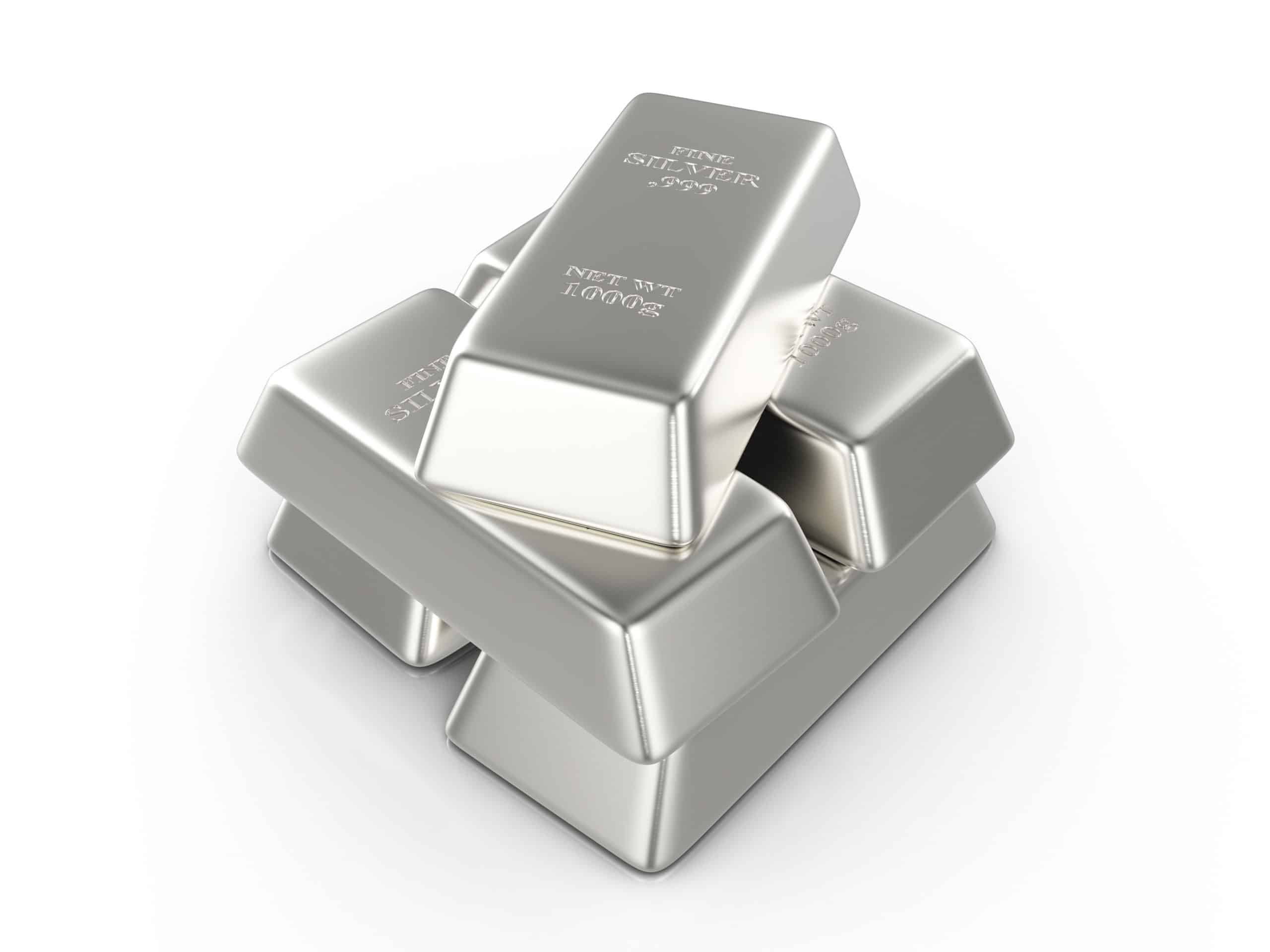
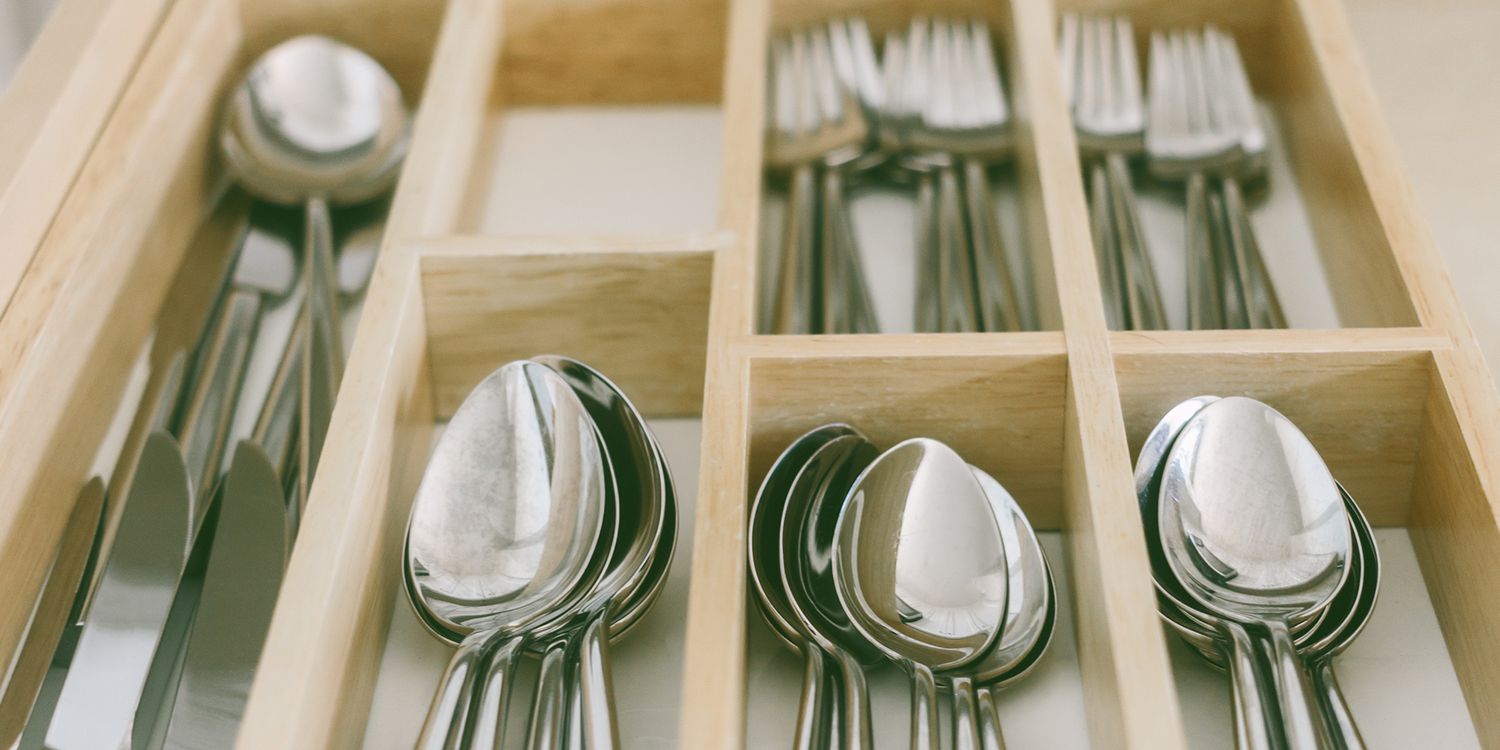

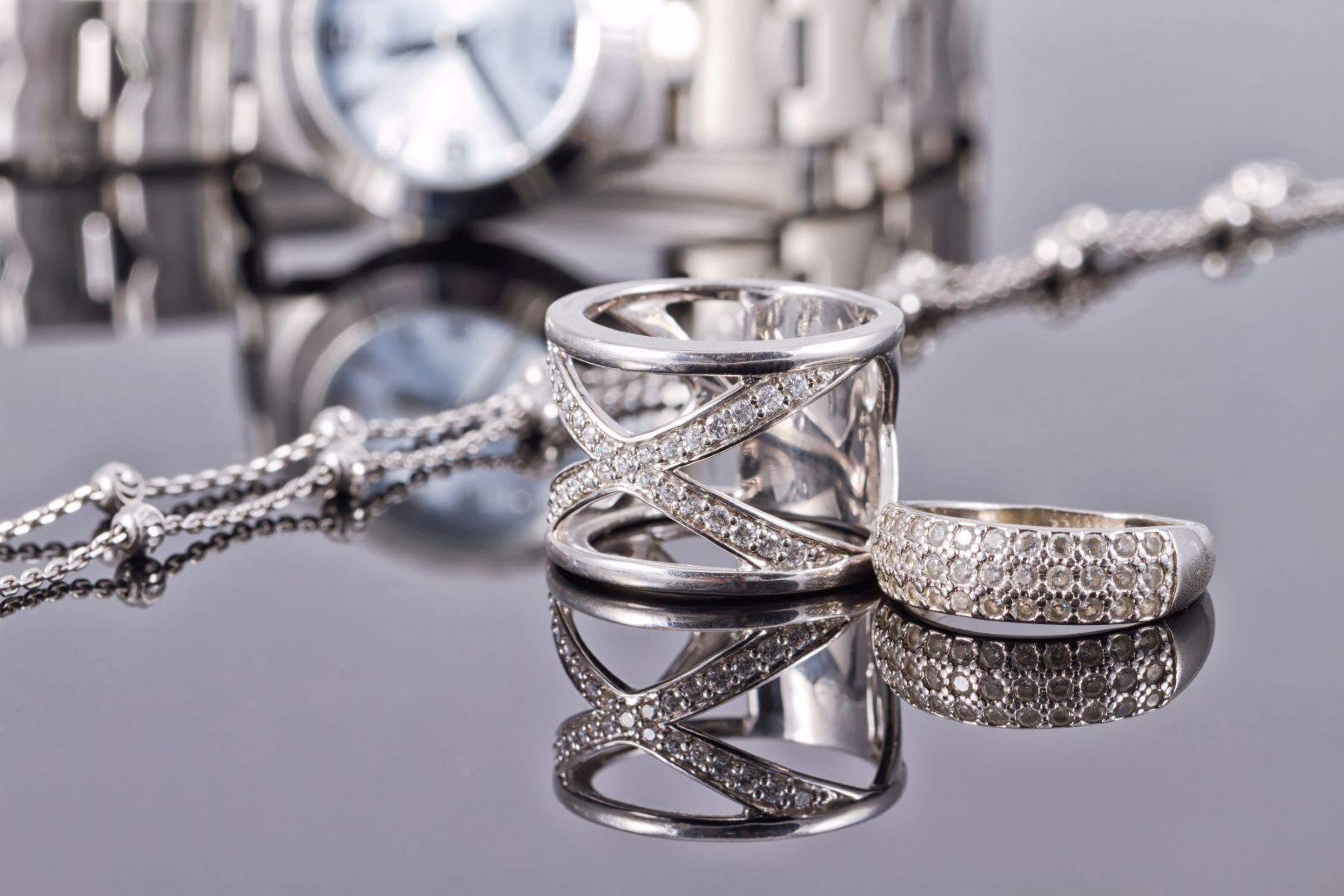
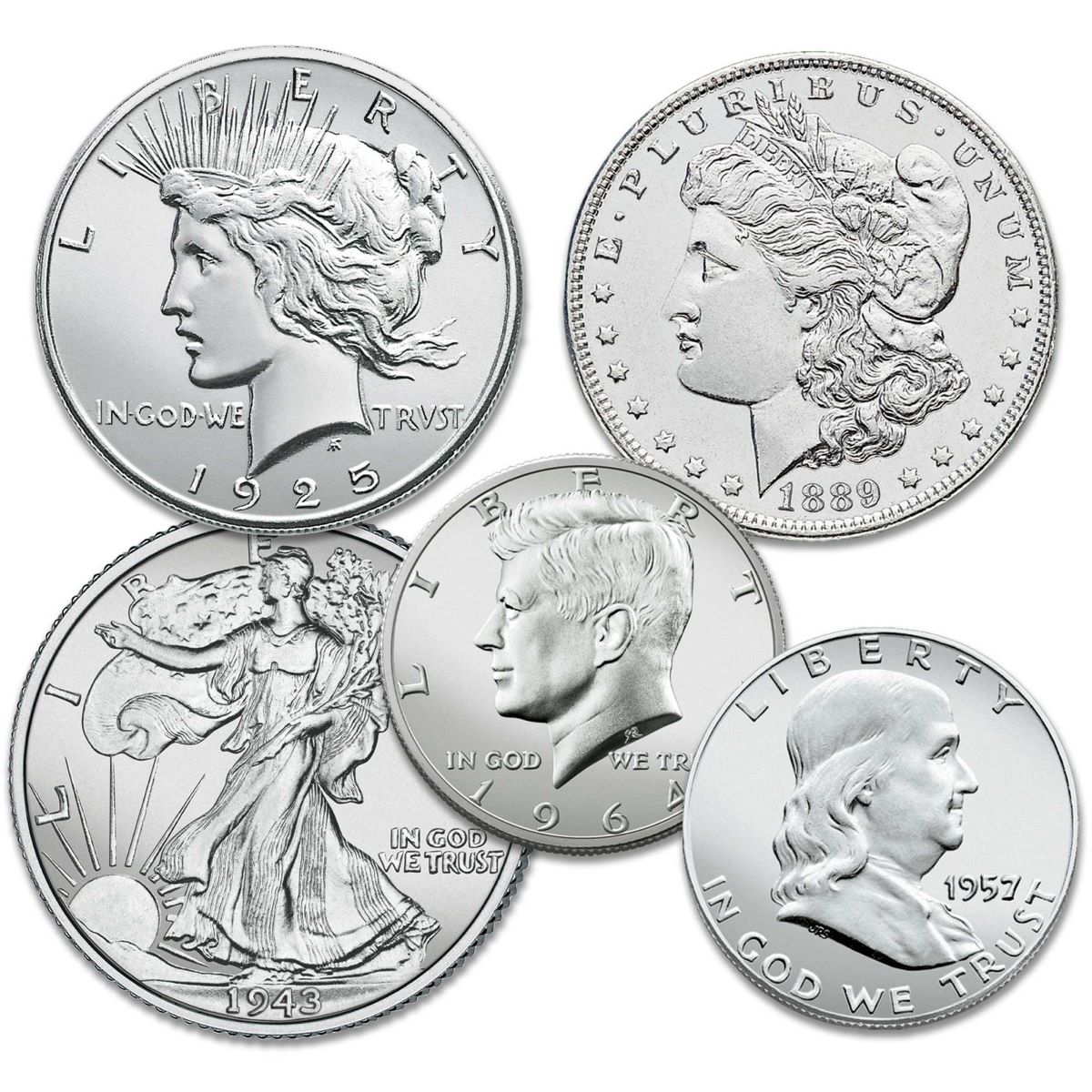
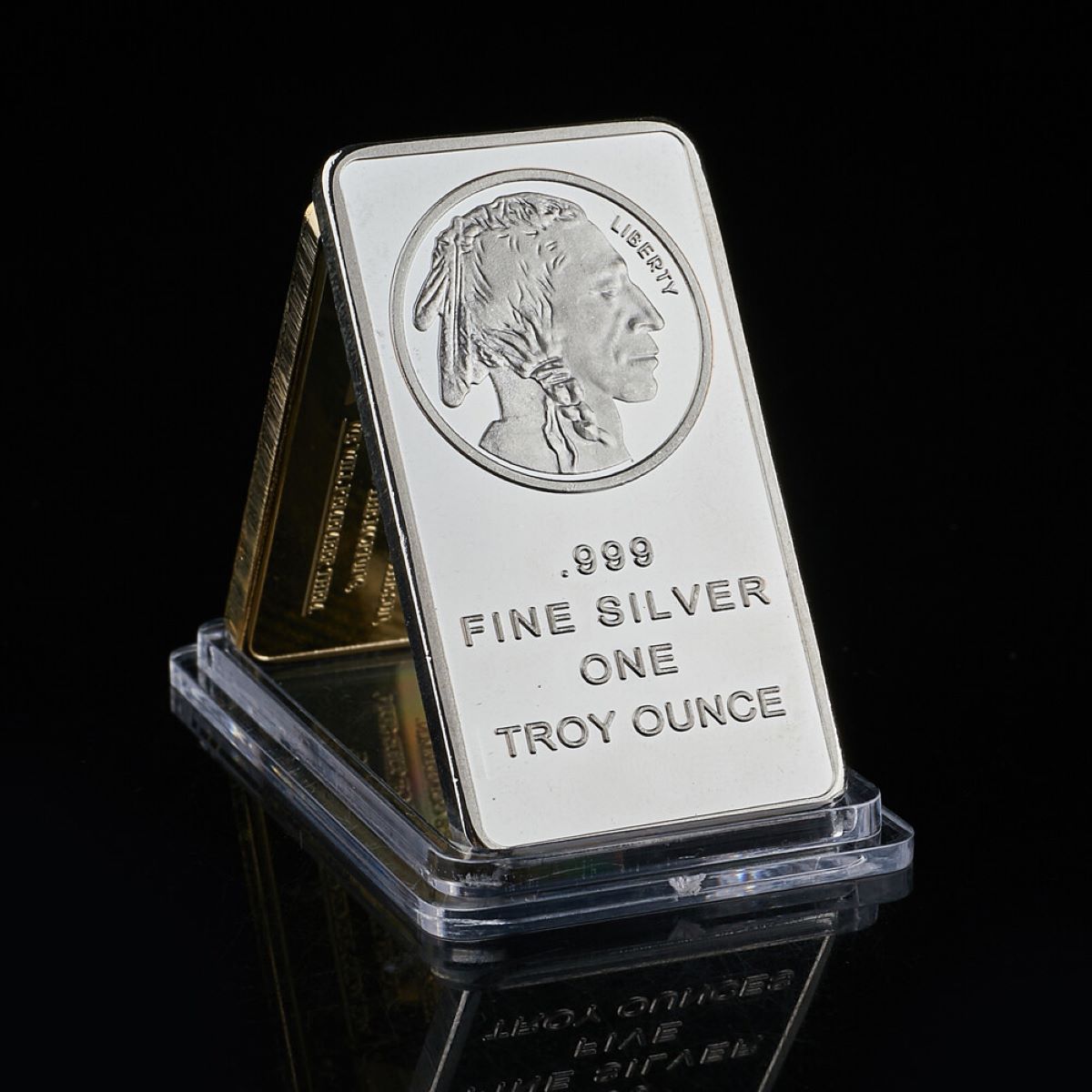
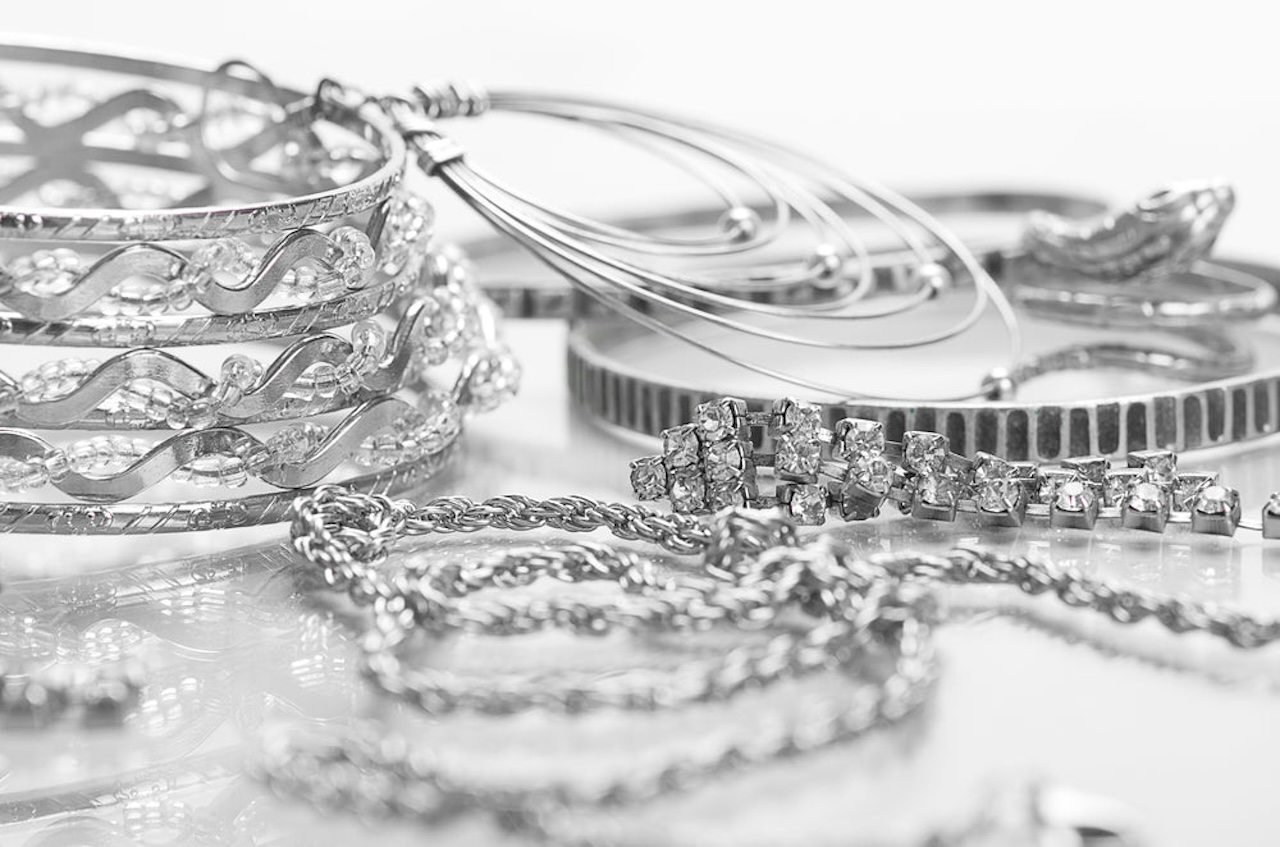
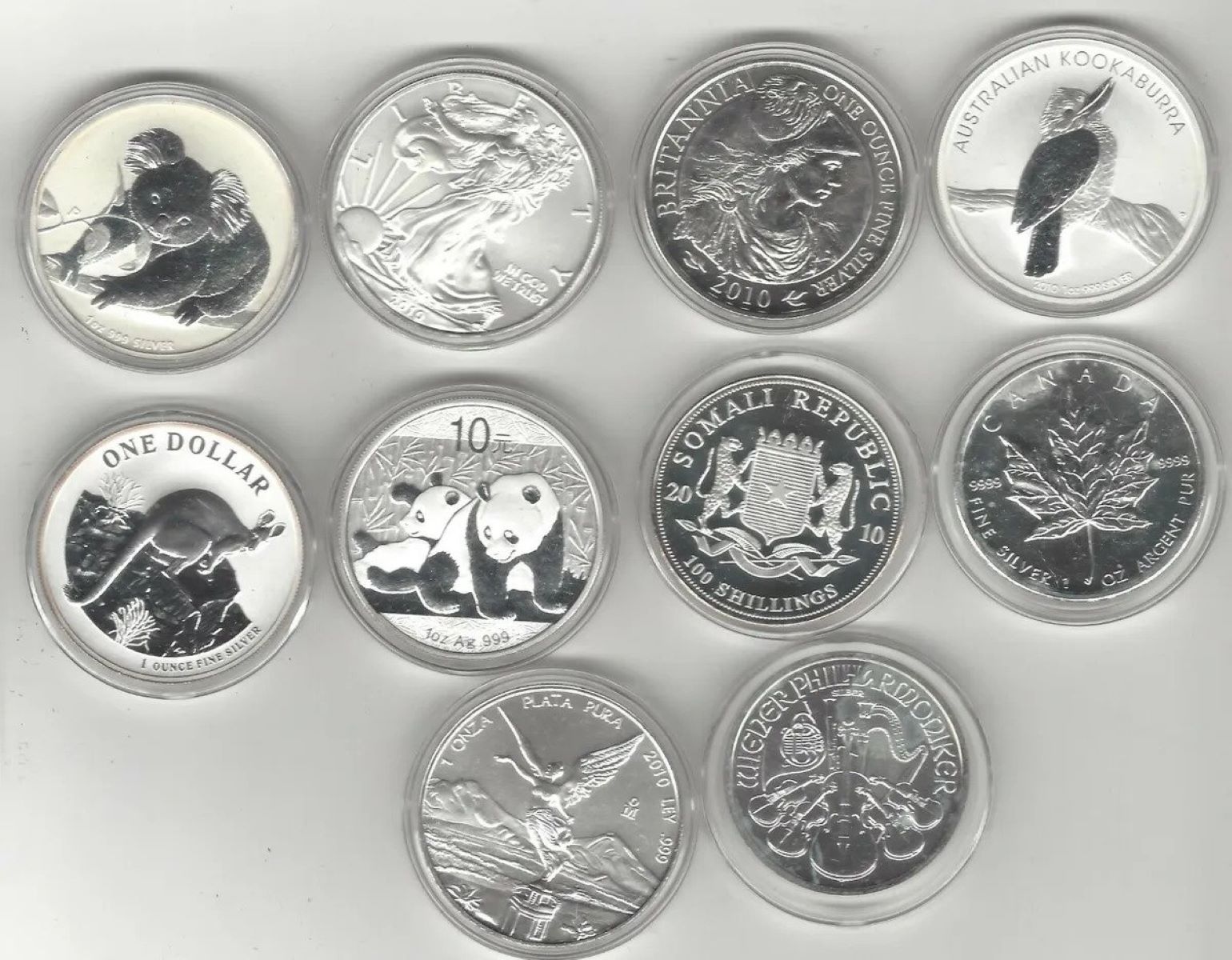
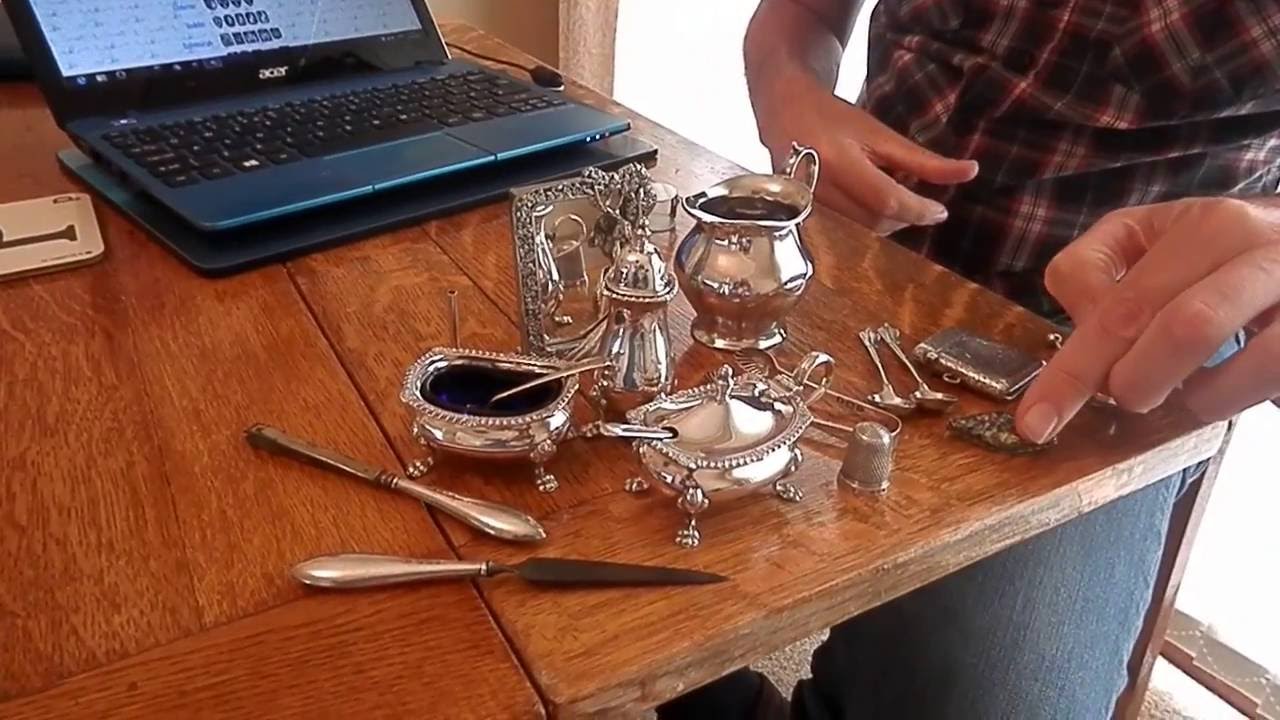
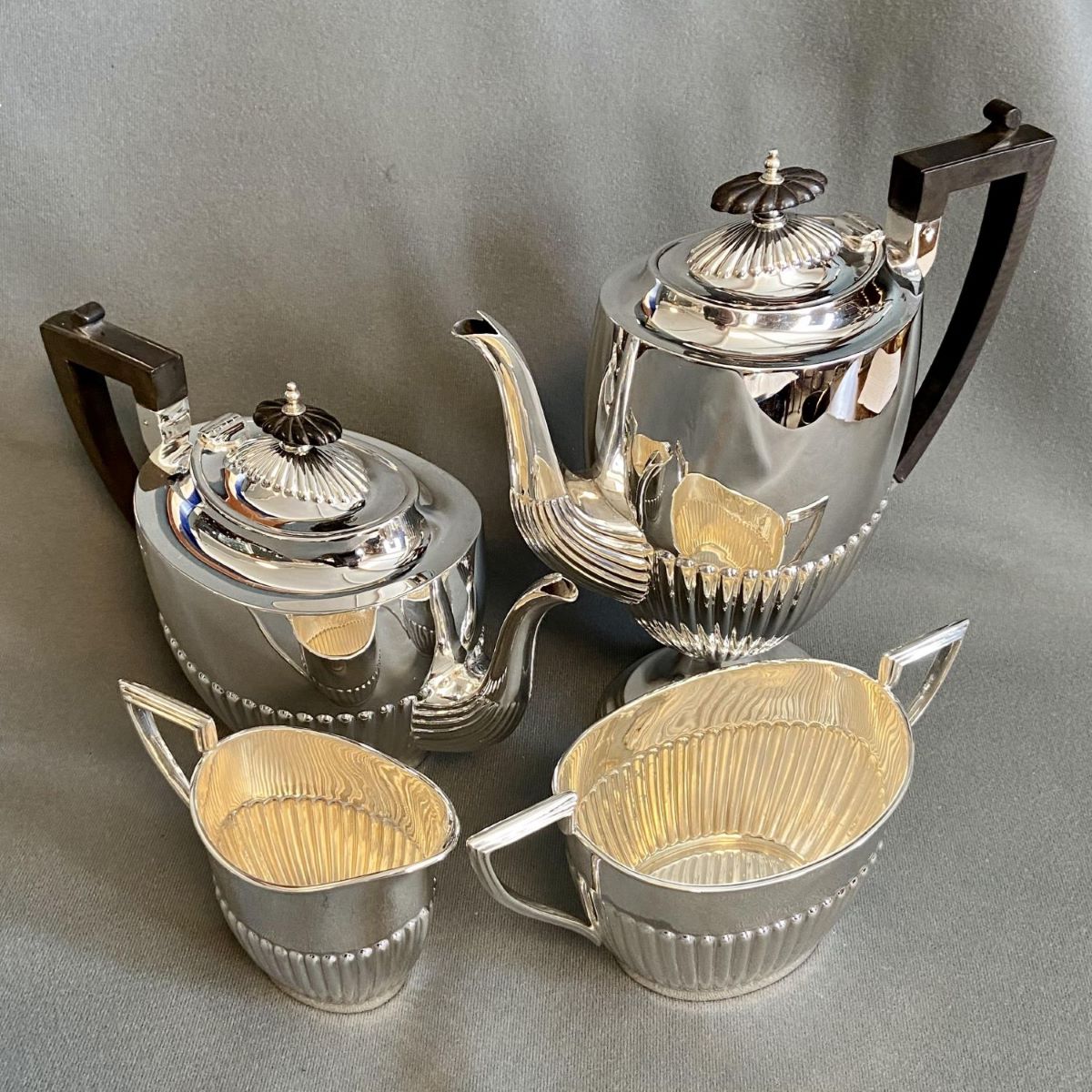

0 thoughts on “How To Store Sterling Silver Jewelry”